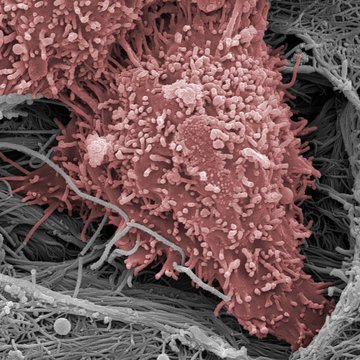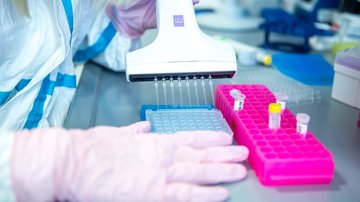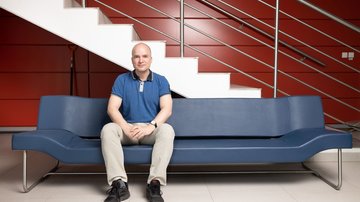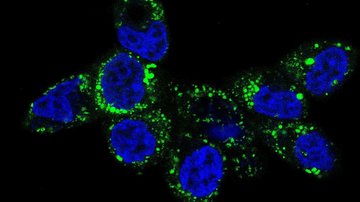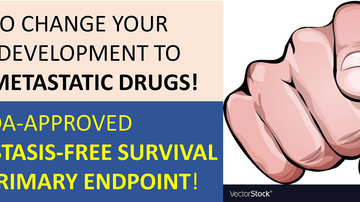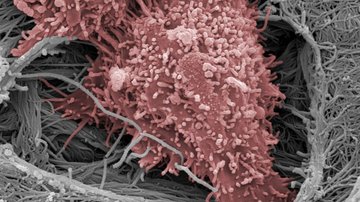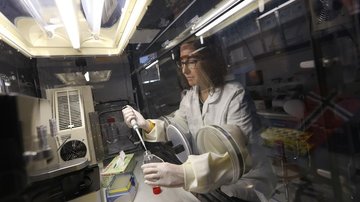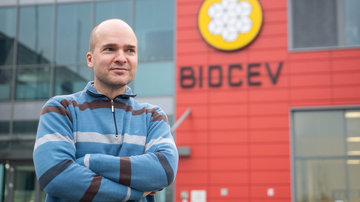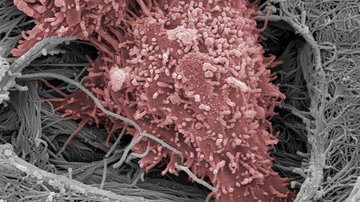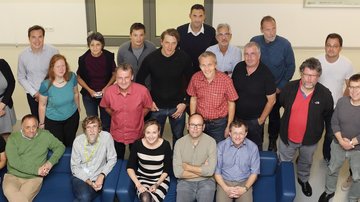About us
This project is focused on functional analysis of mesenchymal and amoeboid invasiveness of tumour cells. The main areas of interests are molecular mechanisms related to structures and turnover of podosomes and invadopodia and the molecular mechanisms of Rho/ROCK pathway activation in amoeboid tumour cells. The research provides potential for development of new anti-metastatic strategies.
Objectives:
- Determination of the role of integrin-associated Src substrates for mesenchymal tumour cell invasiveness
- Search for proteins responsible for activation of the Rho/ROCK pathway in amoeboid tumour cells
Official group web page: HERE

